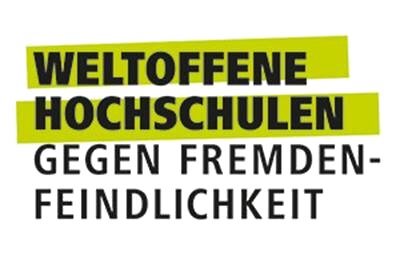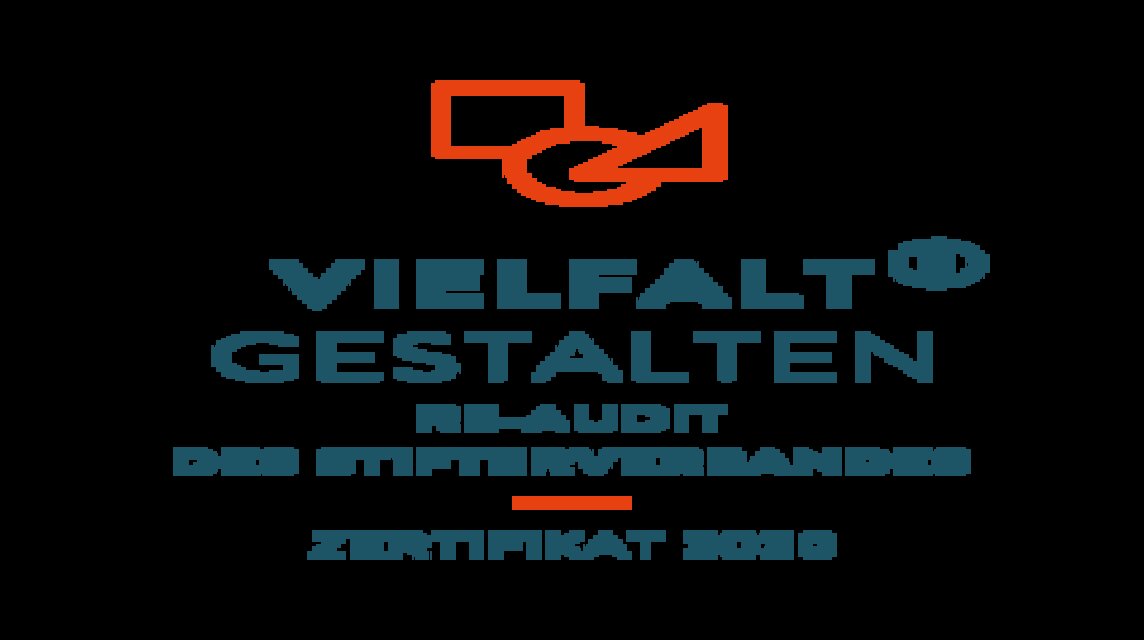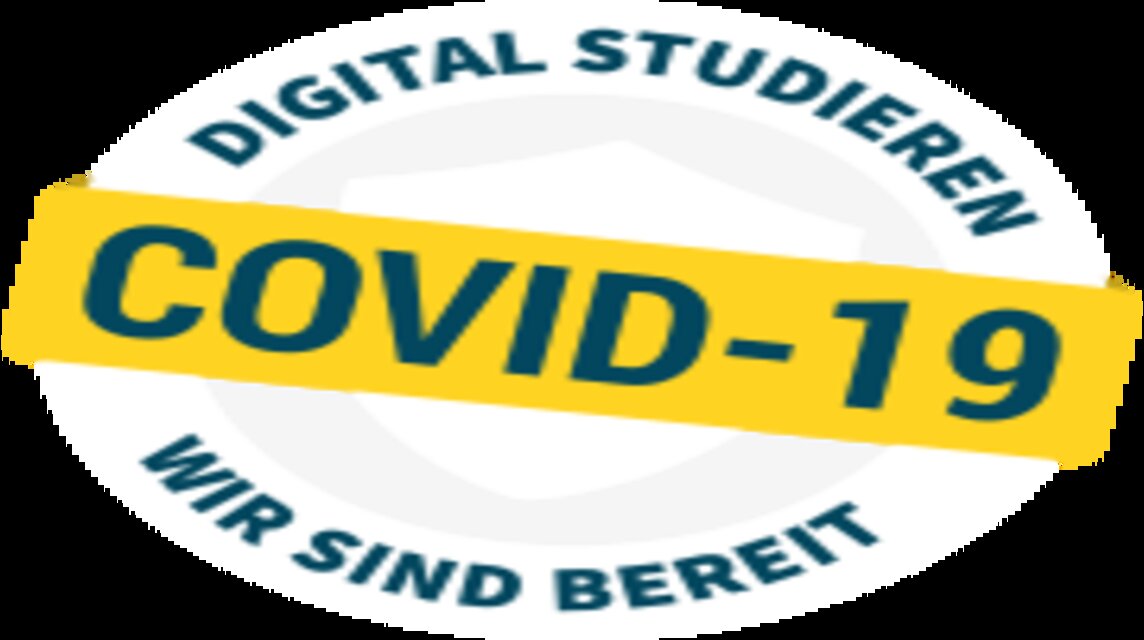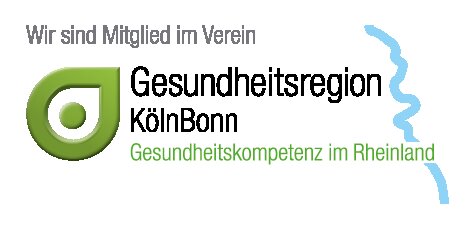Status Quo (Scaled) Agile 2020
Status Quo (Scaled) Agile
4th study on Benefits and Success factors of agile methods
The fourth study "Status Quo (Scaled) Agile" has been completed.
We would like to thank for more than 600 participants.
You can require the free report here.
Study partner

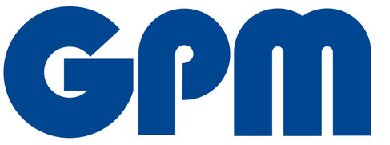
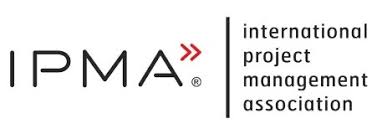
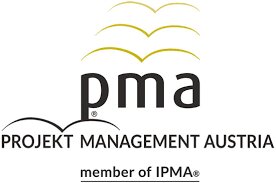


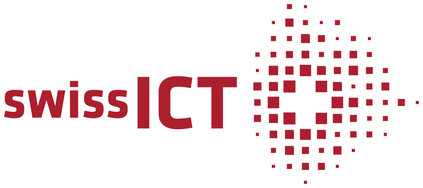
Motivation for the implementation of the fourth international study "Status Quo (Scaled) Agile"
Agile methods such as Scrum, IT-Kanban or Design Thinking gained a lot of importance during recent years. It seems like almost every renowned company switched to the usage of agile methods for their IT development. During the last few years agile methods gained tremendous importance in areas like product development, process optimization, implementation of ERP systems Standard Software System (SSW), etc.
But how successful and widespread are agile methods? Which forms of usage are common?
How does the interaction of several agile teams work - if applicable using methods such as Nexus, SAFe, Spotify or LeSS?
How are agile and classical approaches combined to hybrid methods?
Which factors are decisive for satisfaction and success?
The new edition of ”Status Quo (Scaled) Agile” examines how the usage of agile methods is changing. Special focus will be place on the actual forms of usage, the successes and the interaction with classic project management and scaling of agile methods as well.
The study "Status Quo (Scaled) Agile" examines these and other questions.
Which challenges promotes a succesful implementation of agile methods?
How can agile methods be scaled (Nexus, SAFe, Spotify, LeSS, ...)?
How are agile methods going to be integrated in the project portfolio of the management?
Results of the study "Status Quo (Scaled) Agile"
A total of over 600 people from over 20 countries took part. More details on the structure of the participant survey period, used tools etc are documented in the final report. The Status Quo (Scaled) Agile 2020 study is already the fourth international survey according to previous studies in 2012, 2014 and 2016.
Study was carried out in collaboration with Bundesverband Informationswirtschaft, Telekommunikation und neue Medien e. V. (Bitkom), International Project Management Association (IPMA) and their worldwide national organisations (Deutsche Gesellschaft für Projektmanagment e.V. (GPM), Projekt Management Austria (PMA), Schweizerische Gesellschaft für Projektmanagement (SPM)) and also Scrum.org and SwissICT.
The majority of users of agile approaches use them selectively or in a mixed form.
The success rate of agile approaches continues to be rated much more positively than that of classic project management. However, a time series comparison shows that agile and classic users are converging.
Once again, the assessment is very clear that the application of agile approaches has led to improvements in results and efficiency.
34% of agile respondents use a scaling framework.
74% say that improvements in results and efficiency have been achieved through the use of scaling frameworks.
Only 15 % of the Scaling users consistently observe the specifications of the respective Scaling standards.
The top 3 reasons to use agile approaches are time to market, quality and risk reduction.
The most important challenges for the successful implementation of agile approaches are "internal processes" and "top management.
74% of "consistently agile" employees see change as an integral part of the culture, at least in individual areas, compared to only 38% for classic PM.
The majority of the users of agile methods use them selectively or in combination. Only about one fourth of the participants use agile methods consistently.
The success rate of agile methods is evaluated more positively than the success rate of classical project management. The positive evaluation of the success of agile methods in this survey corresponds to the results of the survey from 2012. Once again consistently agile users had the highest rate of success.
Six of the seven most often used techniques are specific Scrum techniques. 15 of 22 rated techniques are used by a minimum of 70% of the users of consistently agile methods.
The respondents rated agile methods consistently better than classic project management methods regarding specific success criteria like the “Quality of results“, “Adherence to schedule“ and “Employee motivation”.
Nearly two thirds of the participants use agile methods for four years by now.
With 86%, the most used method is Scrum. Kanban, XP and Feature Driven Development follow.
A team size of 5-9 persons dominates. The majority of users of classic project management work in teams of this size, too.
Kanban and Design Thinking had a remarkably high growth rate during the last two and a half years compared to agile methods in general.
Regarding specific success criteria, Scrum is rated better than every other method .
As expected, agile methods are especially used in the area of software development. Even so, „only“ IT-related topics and activities without references to IT account for 41% respectively 27%.
Scrum, Kanban, Lean and Design Thinking are rated more positively than classical project management in all criteria.
75% of the respondents stated, that a Sprint does not run longer than three weeks.
Only about 6% of the users of agile methods and 10% of the users of classic project management evaluated project teams undisciplined.
Why should I participate?
More and more companies understand the vast potentials of agile methods not only in the field of software development but rather for development processes in general. They are used alternatively or in combination with classic project management.
Agile methods offer a variety of efficient approaches for the organization and management of development processes to the companies.
The basic principles can be implemented easily and focus on transparency, immediate creation of benefit, practical use and permanent optimization of work processes for instance.
The results of our previous study and many convinced practitioners show that the discussion and assessment of agile methods should be on the agenda of virtually every company searching for a better way of developing products and deliver results in areas as diverse as product development, process management, IT management, marketing, and so on.
The study results of “Status Quo Agile“ are intended to give companies a better understanding of the potentials and limitations of agile methods.
All participants will receive the results of the study before general availability!
Participation is possible via www.status-quo-agile.de from April 15 to May 19.
Advantages of agile methods
Advantages of agile methods include
- faster results
- better customer focus
- reduction of unnecessary documentation effort – prevention of an unnecessary use of resources in projects
- increased efficiency and effectivity
- higher rate of results in time, in budget, in quality
- improved motivation and involvement of employees
- ...
Study results of the last examination of ”Status Quo Agile” (2014)
More than 600 participants from over 30 nations participated and helped to gain valuable information about the practice of agile methods.
You can have a look at the final report of 2014 here.
Study Director

Prof. Dr. Ayelt Komus, professor of organization and business informatics at Koblenz University of Applied Sciences, is a coach, management consultant, keynote speaker and author.
Komus refers to over 80 publications, over 170 keynotes and lectures, as well as more than 180 interviews/reports in the specialist media. He is the director of the BPM-Labor for Business Process Management and Organizational Excellence.
He is co-initiator of the Modellfabrik Koblenz (model factory), the Praxisforum - Prozess und IT-Management (www.praxisforum.net).
Komus is a recognized author, keynote speaker, consultant and coach in the fields of process, project and IT-management and agile methods. His highly regarded empirical studies include the studies "agiles PMO“ (Agile PMO), "Erfolgsfaktoren im Projektmanagement“ (Success factors for PM), "Positionsbestimmung S/4HANA", "Status Quo PEP" and “Status Quo Agile" (2012, 2014 and 2016).
Contact
For further information please contact the BPM-laboratory info.


